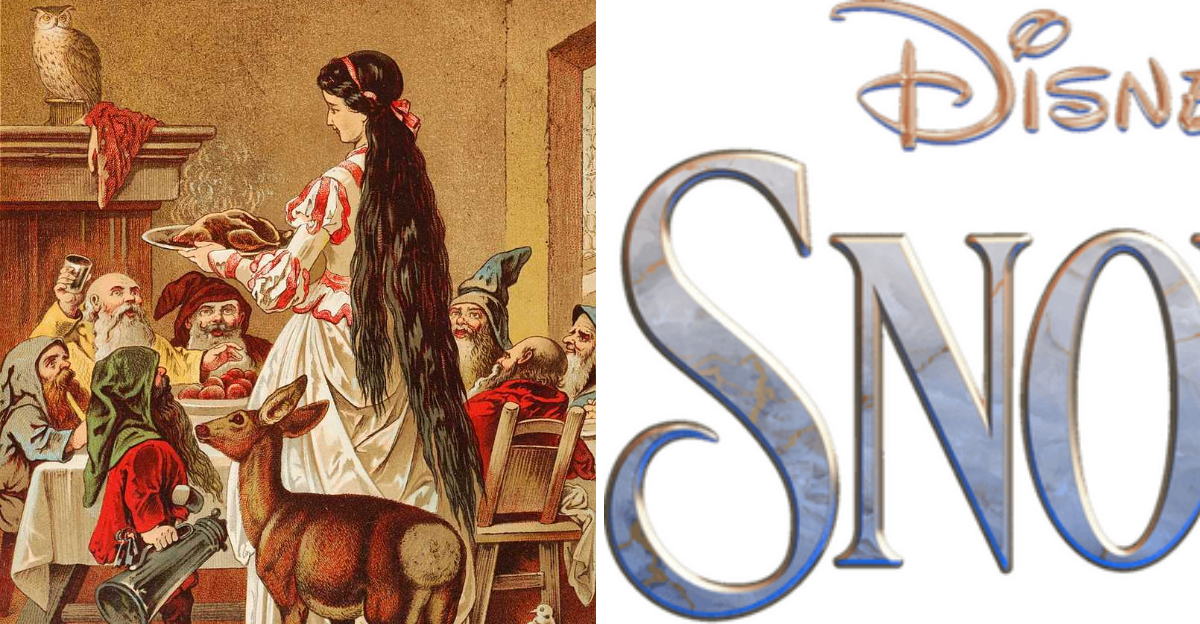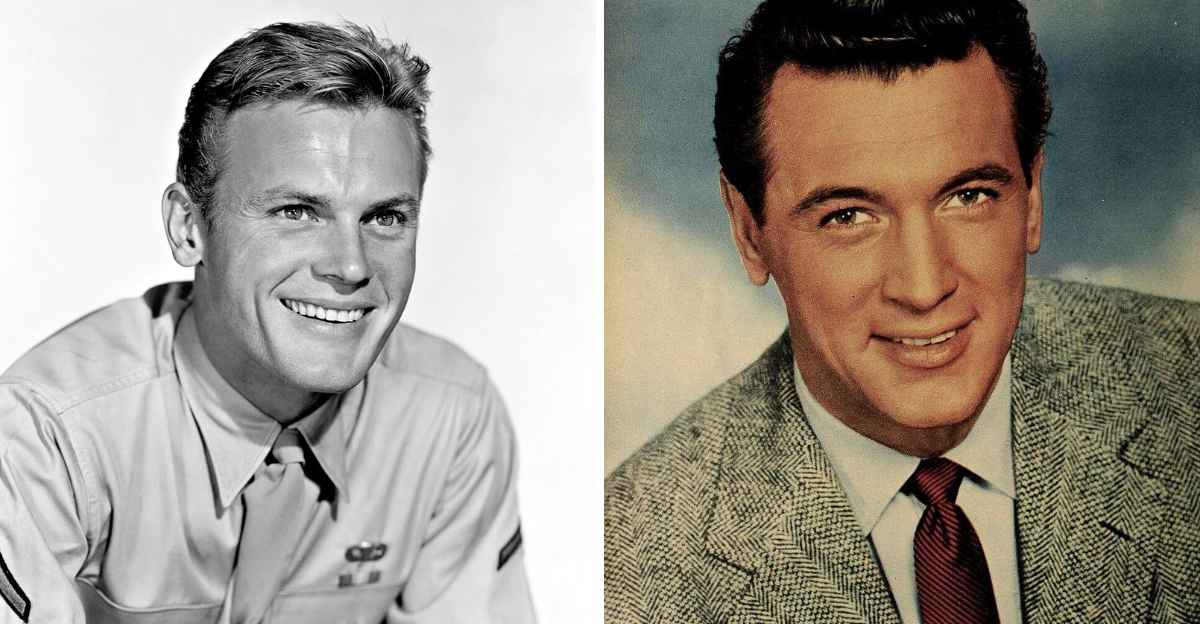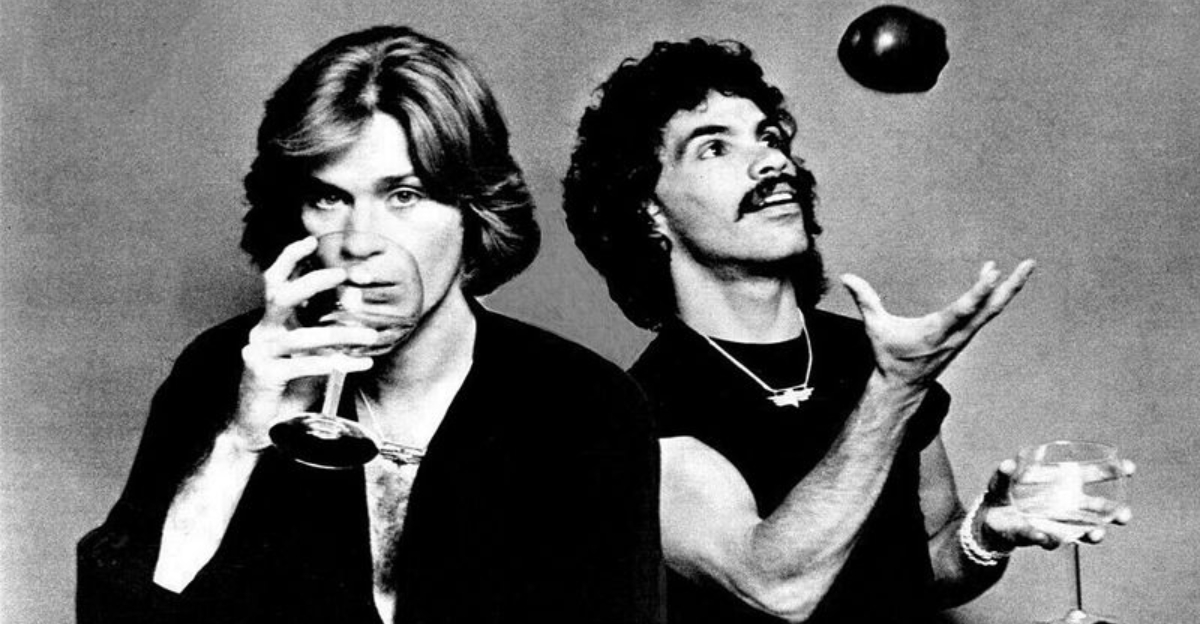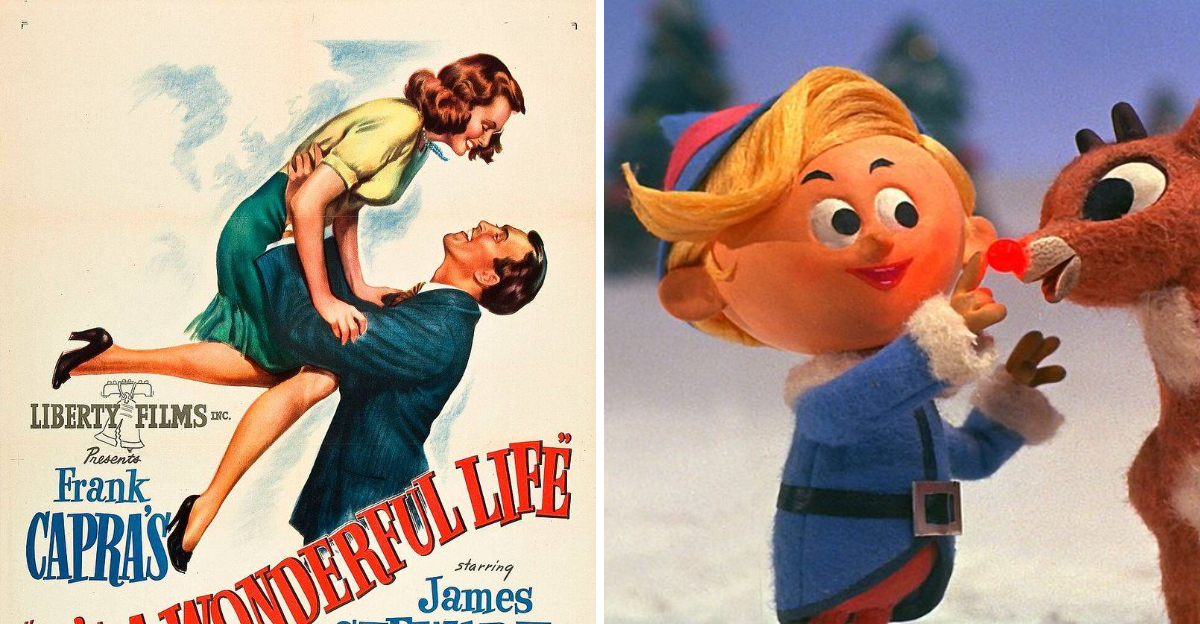12 Highly Successful ’70s Musicians Who Left The Public Eye
Seventies spun out some of the richest sounds ever pressed to vinyl, from glittering disco grooves to hush-soft folk ballads. Dance floors smelled like hairspray and cigarette haze, radios crackled with soul, and hearts thumped in time with needle drops.
Not every chart titan stuck around under the hot lights, though.
Some artists traded encores for quiet mornings and coffee steam, while others slipped into silence like a final fade-out. Curiosity still hums: where did those once-unstoppable voices go, and what stories linger behind the closed stage door?
Disclaimer: This article is intended for general information and entertainment. All biographical details are based on publicly available sources accurate at the time of writing. Career timelines and personal decisions are summarized for context only and may evolve over time. Mentions of artists, bands, or productions do not imply endorsement or current affiliation.
1. Bobbie Gentry
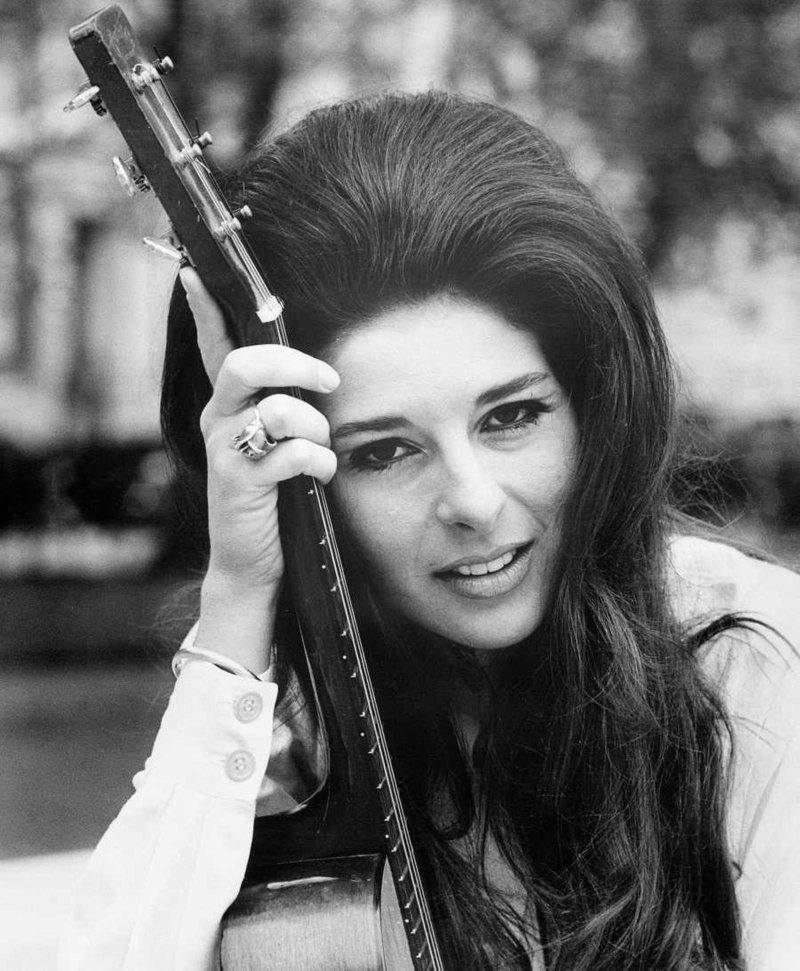
Her haunting voice told the story of Billie Joe McAllister jumping off the Tallahatchie Bridge, creating one of music’s greatest mysteries. Bobbie Gentry became a sensation overnight with “Ode to Billie Joe” in 1967, continuing her success through the ’70s.
Then, like a ghost, she vanished in 1982. Nobody knows exactly why she left or where she went, making her disappearance almost as mysterious as her most famous song.
2. Bill Withers
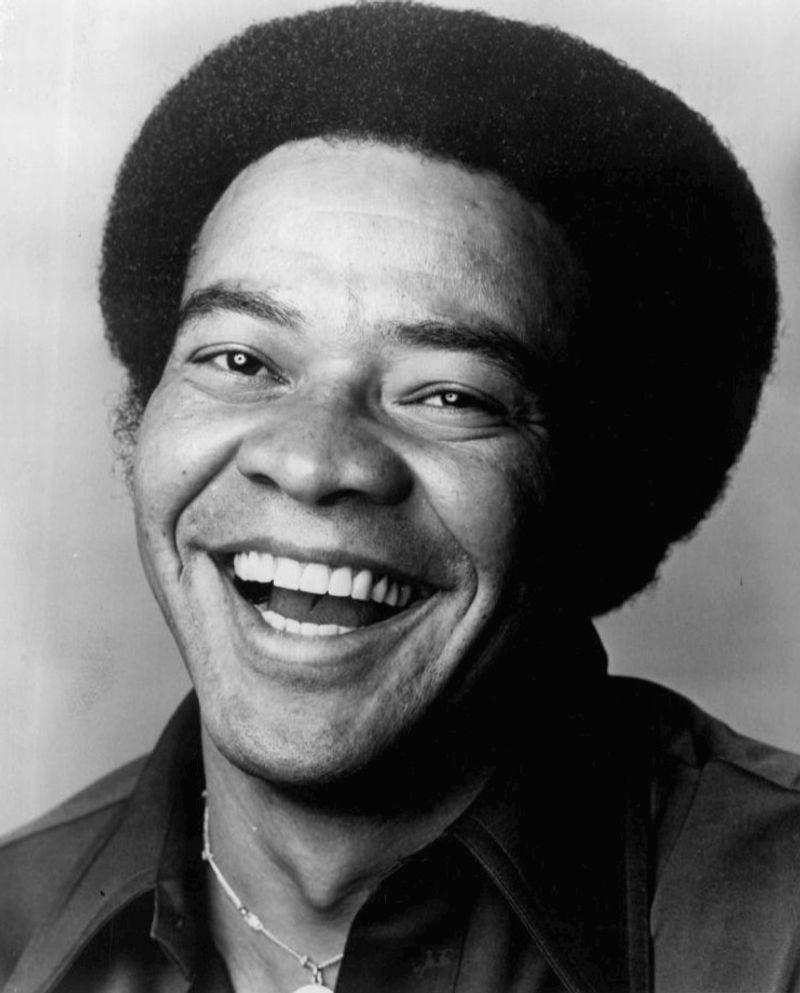
“Lean on Me” wasn’t just a song but a whole vibe that defined friendship forever. Bill Withers created timeless soul classics like “Ain’t No Sunshine” and “Lovely Day” that still play at weddings and graduations today.
Though his music lives on, Withers walked away from the industry in 1985. He spent his remaining years living peacefully in Los Angeles, away from cameras and concerts, proving success doesn’t require constant visibility.
3. Cat Stevens (Yusuf Islam)

If you’ve heard “Wild World” or “Peace Train,” you know his gentle folk-rock sound. Cat Stevens was everywhere in the ’70s, creating beautiful songs that made people think about life and love.
After a near-drowning experience in 1975, he converted to Islam and became Yusuf Islam. He left music entirely to focus on faith and education, though he eventually returned decades later with renewed purpose and perspective.
4. Sly Stone
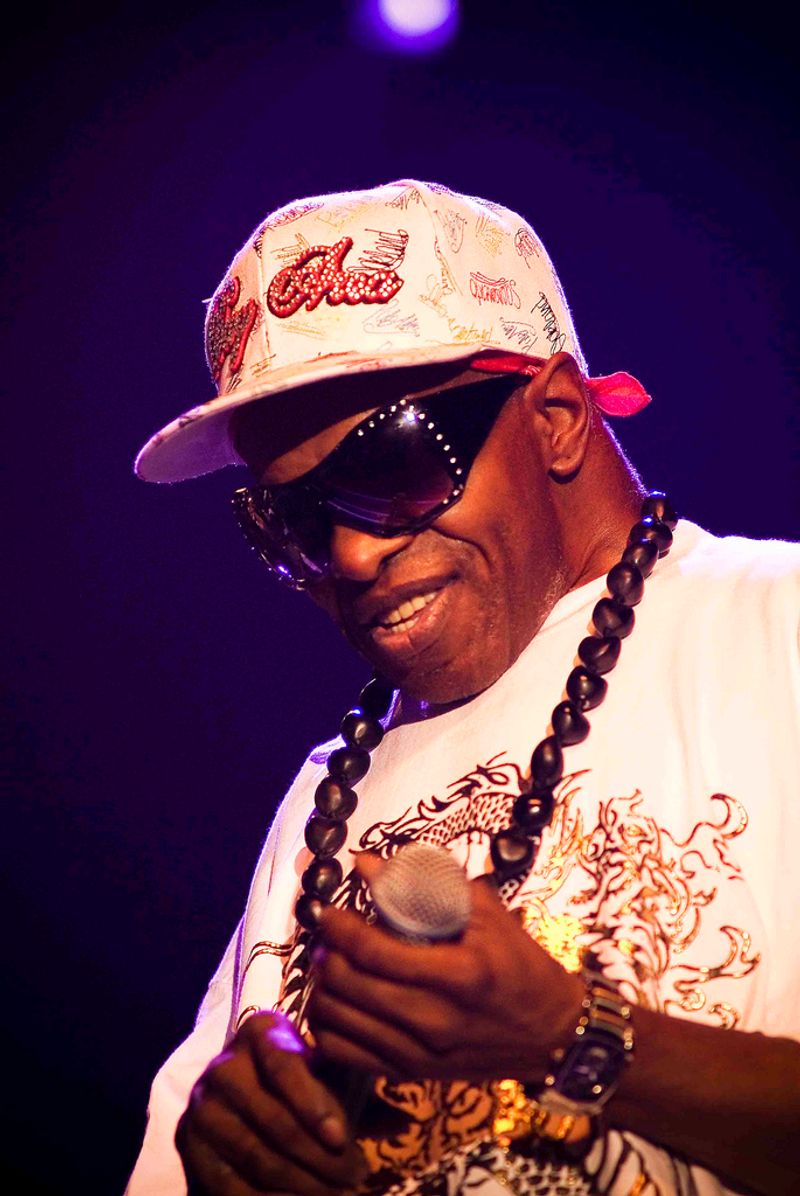
Funk wouldn’t exist without this musical genius who blended rock, soul, and psychedelia into something completely revolutionary. Sly Stone and the Family Stone created “Everyday People” and “Dance to the Music,” songs that still get people moving.
Sadly, personal struggles led him away from the spotlight by the late ’70s. His story reminds us that even the brightest stars can struggle behind the scenes, despite their incredible talents.
5. John Deacon (Queen)
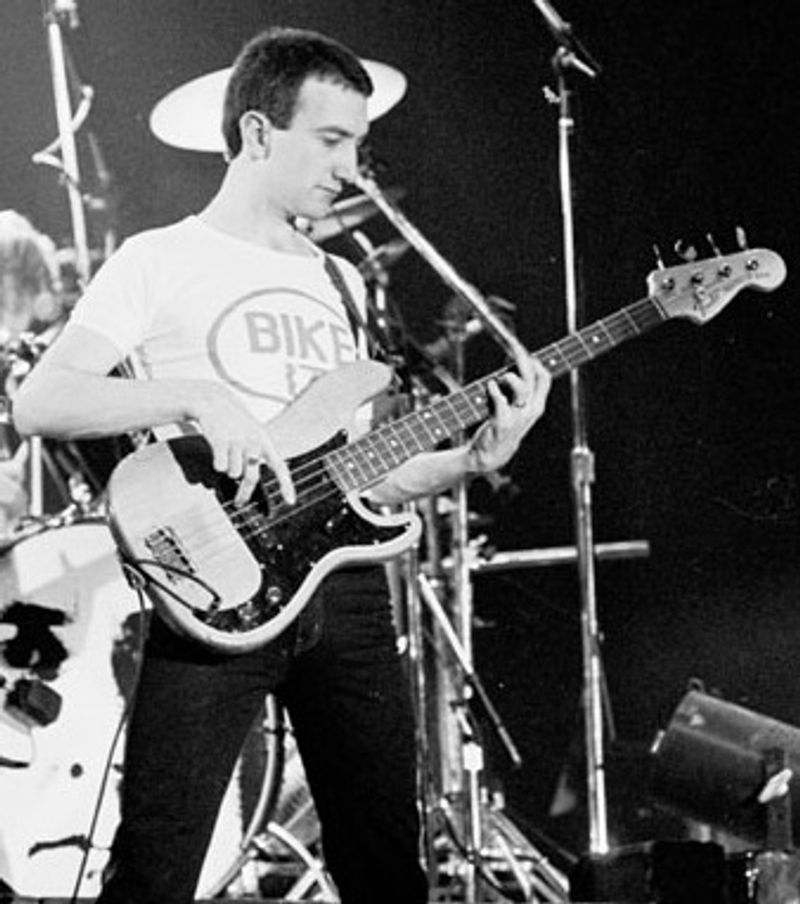
While Freddie Mercury grabbed headlines, this quiet bass player wrote “Another One Bites the Dust” and “You’re My Best Friend.” John Deacon was Queen’s secret weapon, crafting bass lines that became legendary throughout the ’70s and ’80s.
After Freddie’s death in 1991, Deacon retired completely from music. He chose family life over fame, refusing all interviews and reunion tours, becoming rock’s most private legend.
6. Peter Green (Fleetwood Mac)
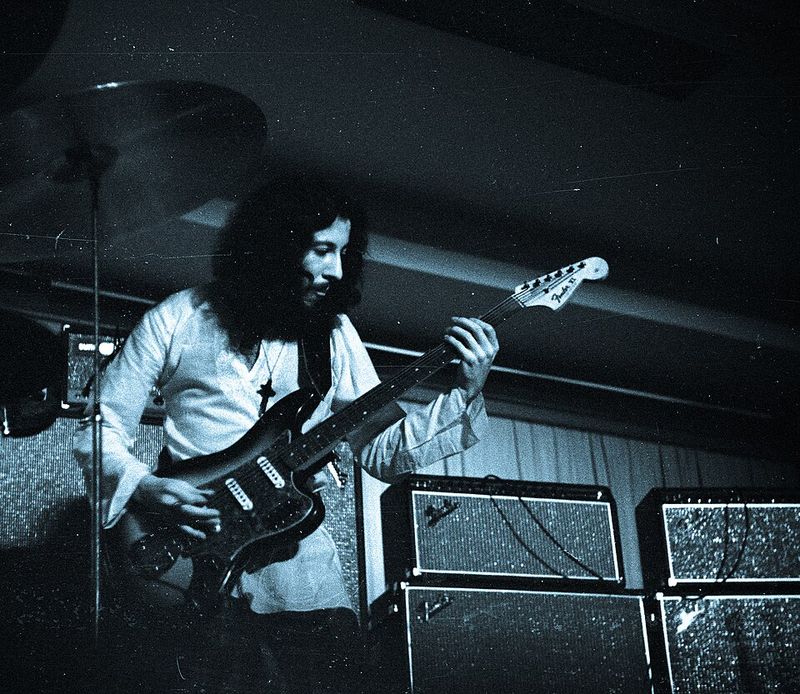
Before Stevie Nicks and Rumours, Fleetwood Mac belonged to this blues guitar wizard. Peter Green founded the band and created “Black Magic Woman,” later made famous by Santana, showcasing his incredible songwriting skills.
Mental health challenges forced him to leave in 1970, just as the ’70s began. His story highlights how mental illness affected musicians long before anyone talked openly about it, making awareness crucial today.
7. Captain Beefheart (Don Van Vliet)
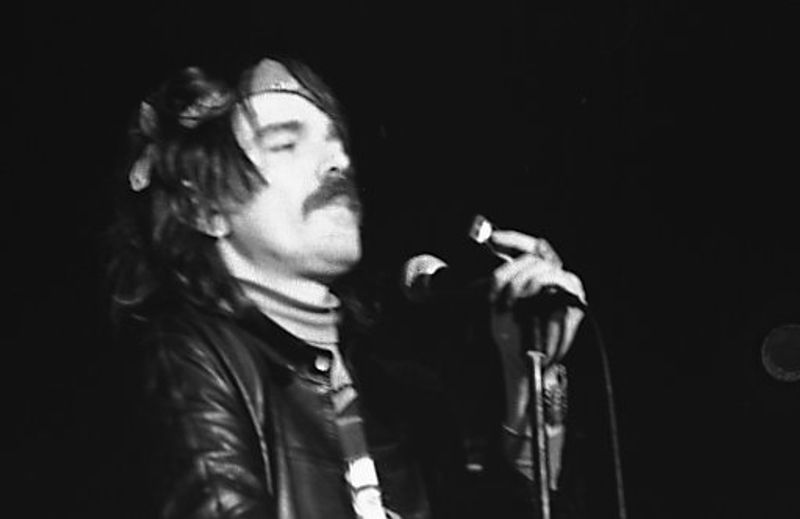
Imagine if Salvador Dali made music instead of paintings, and you’d get Captain Beefheart. Don Van Vliet created bizarre, experimental rock that confused and amazed listeners throughout the ’70s with albums like “Trout Mask Replica.”
However, music wasn’t his only passion. He retired from performing in 1982 to become a respected painter, trading his microphone for brushes and creating art until his death in 2010.
8. Gerry Rafferty

That saxophone riff from “Baker Street” instantly transports you back to 1978, doesn’t it? Gerry Rafferty’s smooth voice and unforgettable melodies made him a radio favorite, with songs that felt like warm conversations.
Fame’s pressure took its toll, though. Rafferty became increasingly reclusive throughout the ’80s and ’90s, struggling with personal demons while his music continued playing everywhere, creating a bittersweet legacy.
9. Agnetha Fältskog (ABBA)
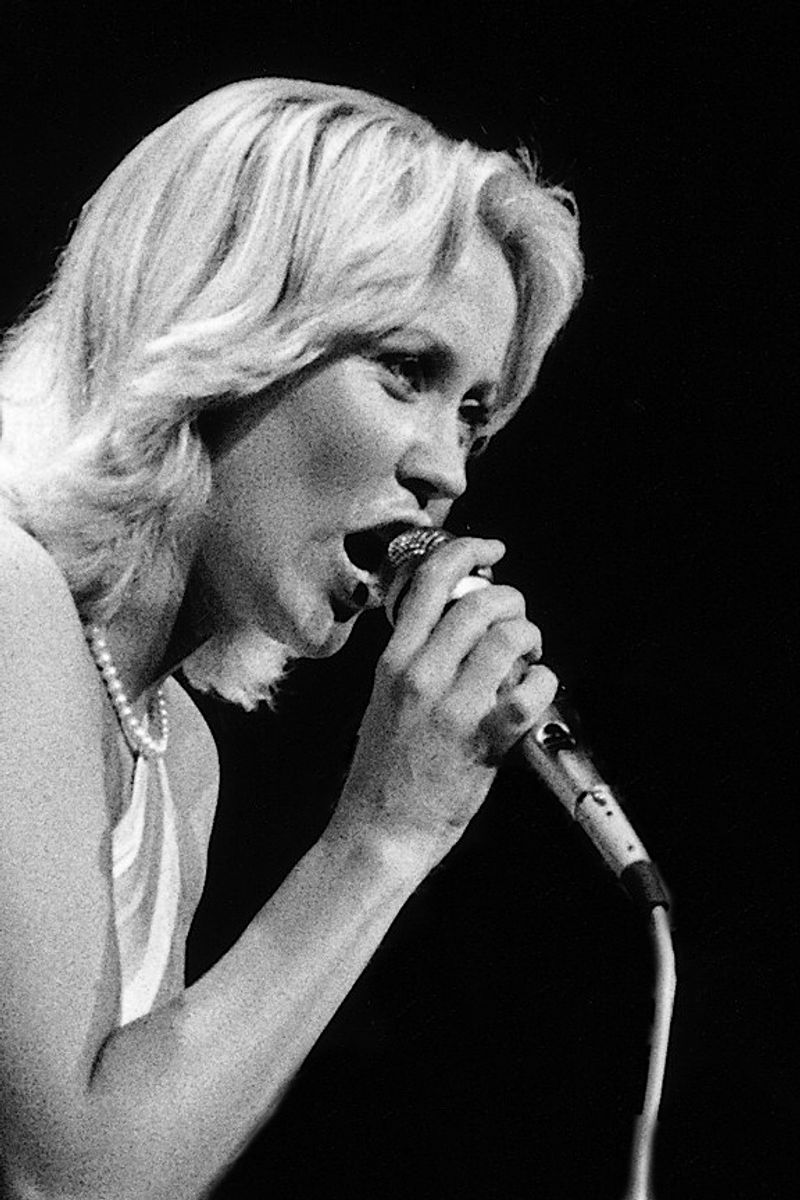
Those blonde curls and that powerful voice helped ABBA conquer the world with “Dancing Queen” and “Mamma Mia.” Agnetha Fältskog was Sweden’s golden girl, creating pop perfection throughout the ’70s with her incredible vocal range.
When ABBA split in 1982, she retreated to a Swedish island. She lived quietly for decades, avoiding public appearances and finding peace away from screaming fans and flashing cameras everywhere.
10. Kate Bush
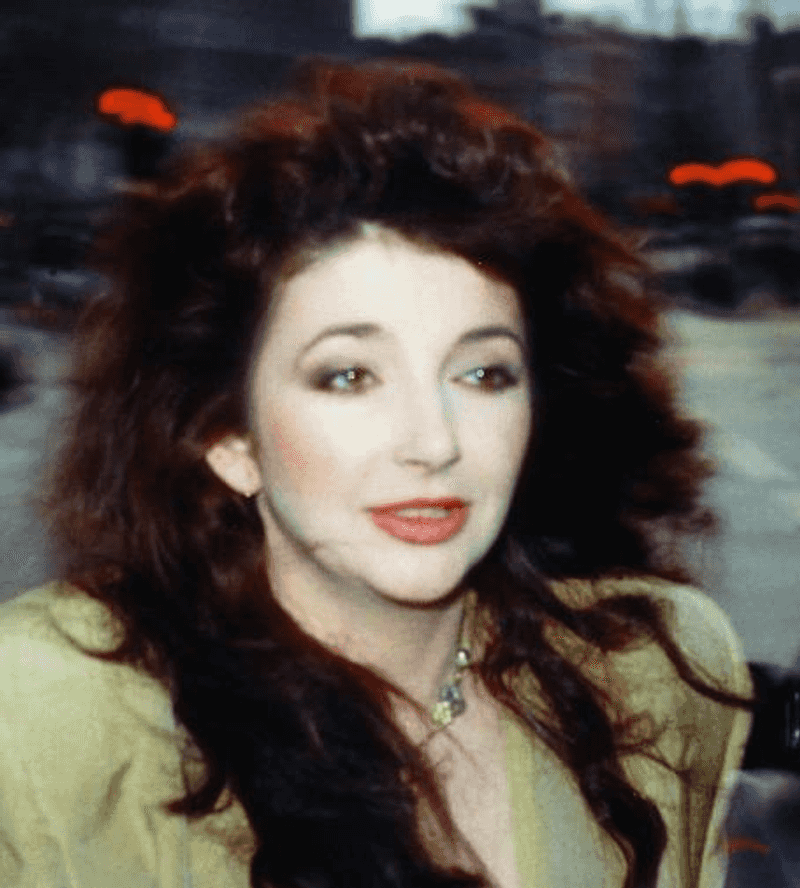
At just nineteen, Kate Bush stunned the world with “Wuthering Heights,” a song so haunting it felt like it drifted straight out of a dream. Her soaring voice and theatrical flair filled the airwaves with something entirely new, leaving fans enchanted in 1978.
Music carried her forward, yet she slipped from the spotlight, preferring solitude over spectacle. That quiet mystique only deepened her allure, proving true artistry doesn’t need a crowd to echo – it simply lingers, unforgettable.
11. Sixto Rodriguez

What if you became a superstar and never knew it? Rodriguez released beautiful folk albums in the early ’70s that flopped in America but somehow became huge in South Africa without his knowledge.
He spent decades doing construction work in Detroit, completely unaware of his fame overseas. The documentary “Searching for Sugar Man” finally revealed his incredible story, reuniting him with adoring fans worldwide.
12. Scott Walker
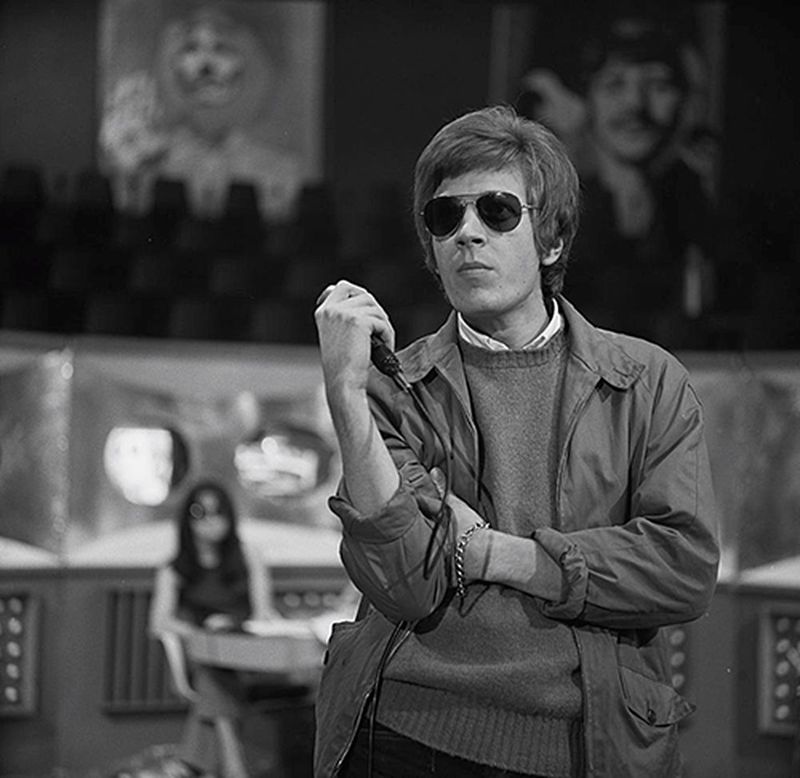
Before the ’70s began, Scott Walker was a teen idol with the Walker Brothers, creating lush, orchestral pop that made hearts flutter. His deep, dramatic voice and sophisticated style made him Britain’s Elvis during the swinging sixties.
Walker abandoned commercial success for experimental music, creating challenging avant-garde works. He lived privately in London, rarely giving interviews, transforming from pop star into mysterious artistic legend until 2019.

